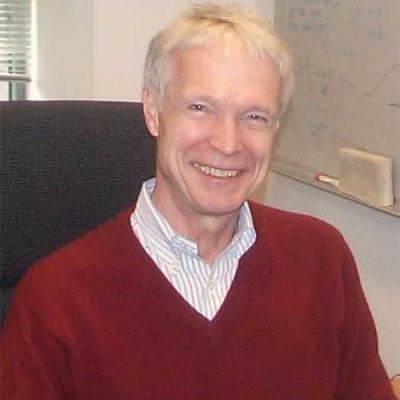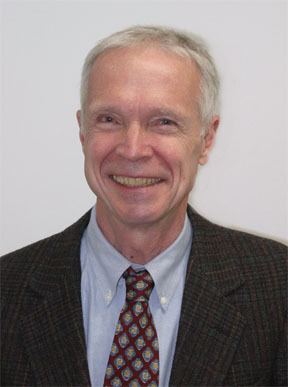Nationality American | Role Scientist Name John Hopfield | |
 | ||
Born July 15, 1933 (age 92) Chicago, Illinois, USA ( 1933-07-15 ) Institutions Bell LabsPrinceton UniversityUniversity of California, BerkeleyCalifornia Institute of Technology Alma mater Swarthmore CollegeCornell University Thesis A Quantum-Mechanical Theory of the Contribution of Excitons to the Complex Dielectric Constant of Crystals (1958) Doctoral students David J. C. MacKayTerry SejnowskiBertrand HalperinSteven GirvinErik Winfree Known for Hopfield NetworkPolaritonKinetic Proofreading Awards MacArthur Fellowship Similar People | ||
Residence United States of America | ||
Emergence dynamics and behaviour john hopfield
John Joseph Hopfield (born July 15, 1933) is an American scientist most widely known for his invention of an associative neural network in 1982. It is now more commonly known as the Hopfield Network.
Contents
- Emergence dynamics and behaviour john hopfield
- Dr john hopfield pays tribute to dr albert overhauser a purdue physics legend
- References

John Hopfield received his A.B. from Swarthmore College in 1954, and a Ph.D in physics from Cornell University in 1958 (supervised by Albert Overhauser). He spent two years in the theory group at Bell Laboratories, and subsequently was a faculty member at University of California, Berkeley (physics), Princeton University (physics), California Institute of Technology (Chemistry and Biology) and again at Princeton, where he is the Howard A. Prior Professor of Molecular Biology, Emeritus. For 35 years, he also continued a strong connection with Bell Laboratories.

In 1986 he was a co-founder of the Computation and Neural Systems PhD program at Caltech.

He was awarded the Dirac Medal of the ICTP in 2002 for his interdisciplinary contributions to understanding biology as a physical process, including the proofreading process in biomolecular synthesis and a description of collective dynamics and computing with attractors in neural networks, and the Oliver Buckley Prize of the American Physical Society for work on the interactions between light and solids. He is a member of the National Academy of Sciences, the American Philosophical Society, and the American Academy of Arts and Sciences. He received the Albert Einstein World Award of Science in 2005. He was the President of the American Physical Society in 2006.

His most influential papers have been "The Contribution of Excitons to the Complex Dielectric Constant of Crystals" (1958), describing the polariton; “Electron transfer between biological molecules by thermally activated tunneling” (1974), describing the quantum mechanics of long-range electron transfers; "Kinetic Proofreading: a New Mechanism for Reducing Errors in Biosynthetic Processes Requiring High Specificity" (1974); "Neural networks and physical systems with emergent collective computational abilities" (1982) (known as the Hopfield Network) and, with D. W. Tank, “Neural computation of decisions in optimization problems” (1985). His current research and recent papers are chiefly focused on the ways in which action potential timing and synchrony can be used in neurobiological computation.
His former PhD students include Sir David MacKay, Terry Sejnowski, Bertrand Halperin, Steven Girvin, Erik Winfree and José Onuchic.
Hopfield was born in 1933 to Polish physicist John Joseph Hopfield and his physicist wife Helen Hopfield. Helen was the older Hopfield's second wife. He is the sixth of Hopfield's children and has three children and six grandchildren of his own.
